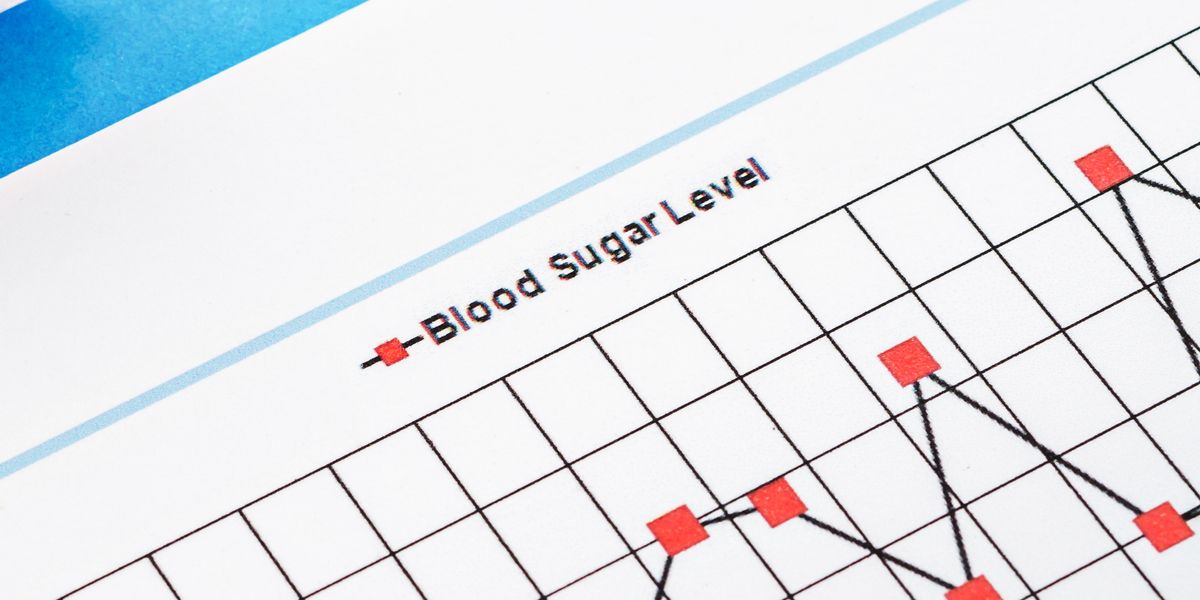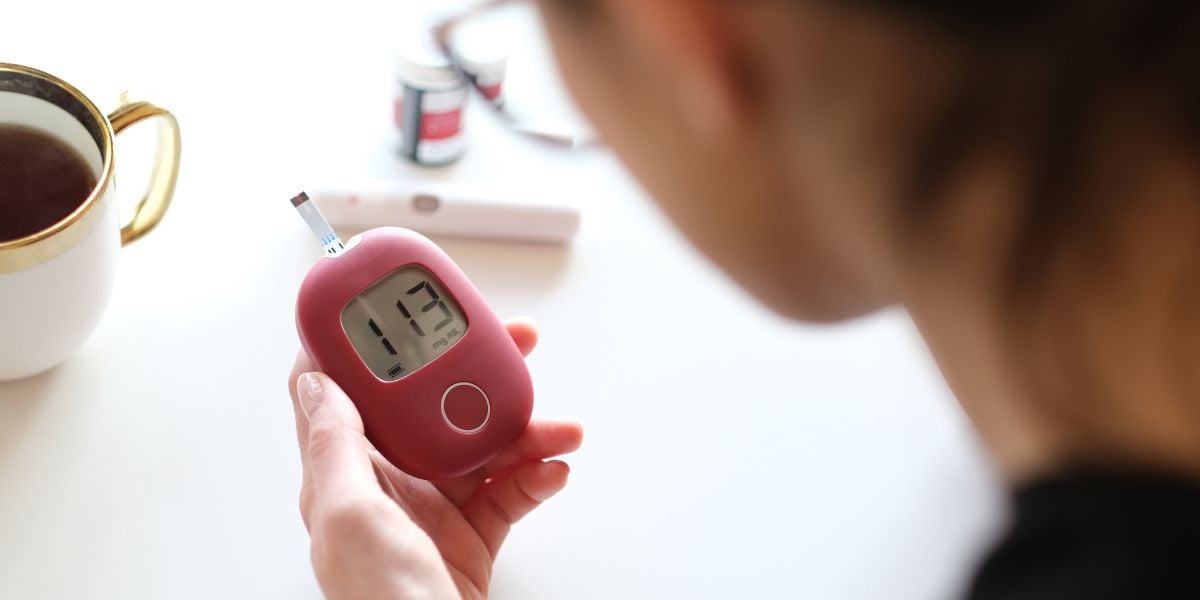Pattern management is the observation of blood glucose patterns and altering treatment regimens or lifestyle factors accordingly.
For those of us with type 1 diabetes, or otherwise on at least 2 insulin injections a day, high and low sugar levels need to be managed and avoided on a daily basis.
NHS statistics show that most of us struggle to gain adequate control and it’s for many of us to feel we’re ‘always playing catch up’ with our blood glucose results rather than being a step ahead.
Pattern management is a technique that allows you to tailor your blood glucose control to reduce the number of too high or too low results, helping to stabilise blood glucose control and build understanding and confidence in your diabetes.
Spotting patterns and trends
Explore pattern and trend management guides:
Diabetes and Relationships Guides:
Pattern management
When managing high or low levels, go through the following process step by step:
- Spot high or low patterns in your blood glucose results
- Try to find the likely cause
- Plan how to address the cause
- Monitor the effects of the changes made
1. Spotting patterns
There are now a numbers of ways in which you can spot trends in your blood glucose results:
- Go through results in diary
- Use a data management program that comes with your meter
- Go through the results log on your meter
- Use a meter with pattern identification
There are blood glucose meters that are able to determine patterns and trends on your behalf, such as:
When looking for patterns, you may want to look for:
- High or lows at similar times of day – e.g. regular high levels before lunch
- High or low levels through the day
- Highs or lows after particular events – e.g. lows following exercise
2. Find the cause(s)
There are a significant number of factors that can cause high or low sugar levels.
Examples include:
- Under or overestimating carbohydrate portion sizes
- Illness
- Taking part in exercise earlier in the day
- Over-correction of hypos
Sometimes the cause isn’t clear and we either need to make a best guess or make a note to keep monitoring our results and see if things improve or a cause becomes more obvious.
| Causes of highs | Causes of lows |
|---|---|
| Underestimating carbohydrate portion sizes | Overestimating carbohydrate portion sizes |
| Going through illness | Taking part in exercise earlier in the day |
| Over treating hypos | Over correcting high sugar levels with insulin |
Making notes of when exercise was done, when you had unplanned snacks, when meals were missed or delayed or when you were ill can be very helpful for making sense of your numbers.
3. Making changes
The change you make will depend on the suspected cause.
Changes could include taking more exercise, taking more or less carbohydrate or ensuring meals aren’t skipped or delayed. In some cases, the action to take will be to increase or decrease insulin doses
If you need to increase one or more of your insulin doses, do so gradually to minimise the risk of hypoglycemia occurring.
If you are at all unsure about what change you should be making, contact your health team who will be happy to help.
4. Monitoring the effect
The next stage is to monitor the effect the change has had. This is a useful part of the process because it allows you to check whether your sugar levels have been able to return back to normal and is also great for learning about your diabetes management.
If the change does not have the desired effect, either re-evaluate the possible cause or choose an alternative or additional method to resolve the problem.
As always, if you’re ever in doubt about why your levels are high or low or how best to deal with them, contact your diabetes health team for advice.
Why should I be interested in pattern management?
Many of us know, deep down, that taking time to review our blood glucose results and understand them will put us in a better position but sometimes we can lose sight of the benefits and lose motivation.
Here some of the important reasons putting a bit of time in to understanding your diabetes is so beneficial:
- Reduce hypos and DKA occurring
- Reduce the barriers that prevent you enjoying life
- Make conversations about your diabetes easier
- Improve confidence in your diabetes and your confidence in general
Reduce hypos and DKA
Experiencing either hypos or ketoacidosis is not pleasant.
High and low levels can make us tired, unable to concentrate and, if we get very low or very high levels, there’s risk of needing to go to hospital.
Testing sugar levels regularly and taking time to review results helps us to make changes to reduce how often we get results that are too high or low and this helps to prevent very high or low sugar levels from happening too.
Less barriers in the way of enjoying life
Whilst we can all get fed up with testing from time to time, it’s important to persevere with it. When you think about it, blood testing and reviewing results need only take a few minutes of your time.
Meanwhile, not testing can prevent us from performing at tasks as well as we’d like and can get in the way of taking part in thing we enjoys at times. High and low sugar levels can also lead to us feeling down and unhappy
Increasing the time you dedicate to your testing and results can often help to you break out from negative feelings, allowing you to feel more relaxed and better able to enjoy your life.
Make conversations about your diabetes easier
When our diabetes isn’t under our control, it can make questions about diabetes, from family, friends or from our health team, awkward or a struggle to answer.
When regularly testing and reviewing results, it’s easier to have those conversations. Even if your HbA1c is higher than you’d like, being able to discuss your diabetes, including anything you’re having difficulty with, can be very liberating.
Confidence
Leading on from the previous point, taking a bit more control of your diabetes gives you better control of your life, which helps us to feel more confident.
Confidence also breeds further confidence so, once you start to get the hang of one part of your diabetes, you can build upon that understanding which builds your confidence further.
The other important point is that as confidence in your diabetes improves, so your confidence in general is likely to improve as well.









